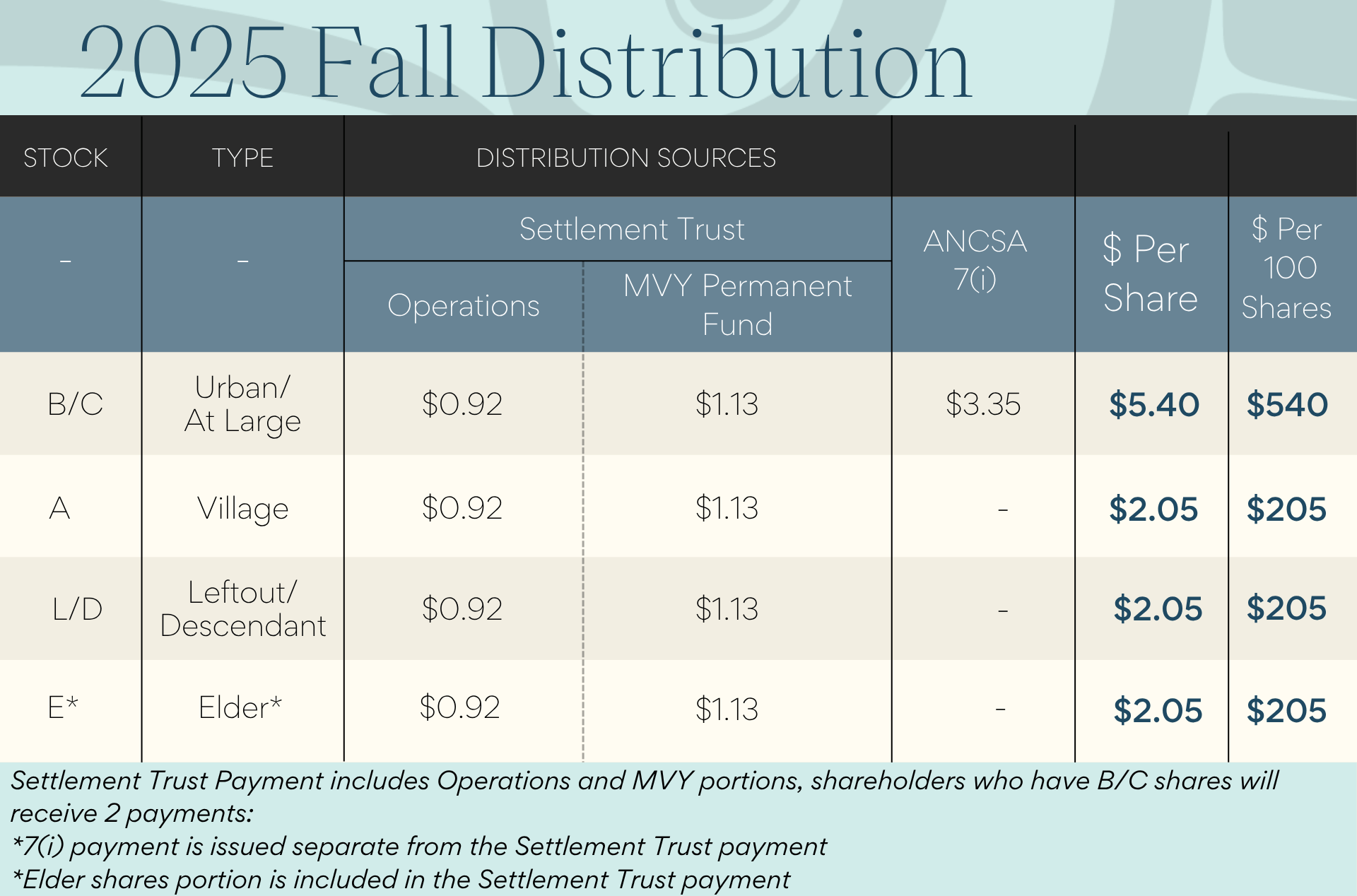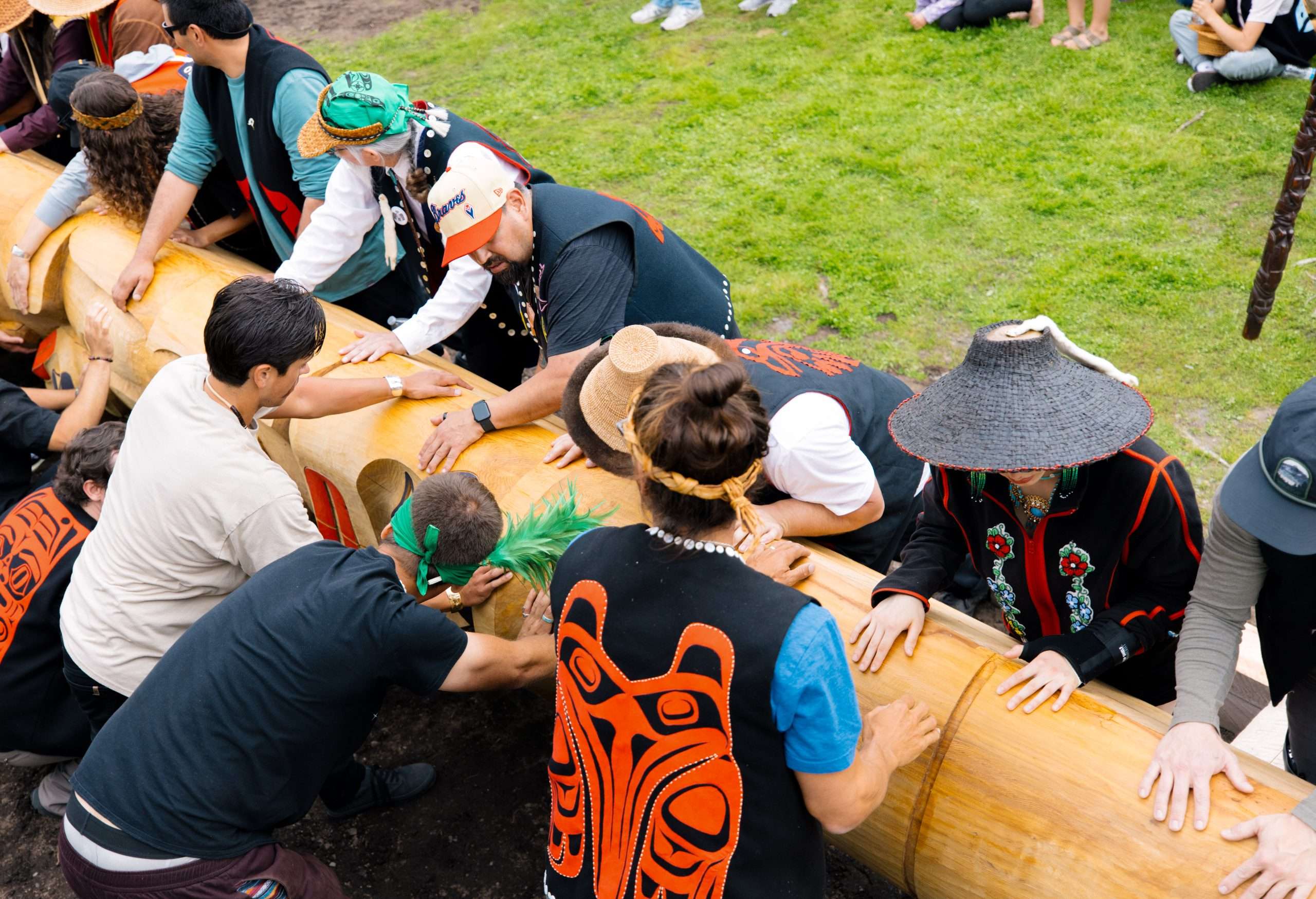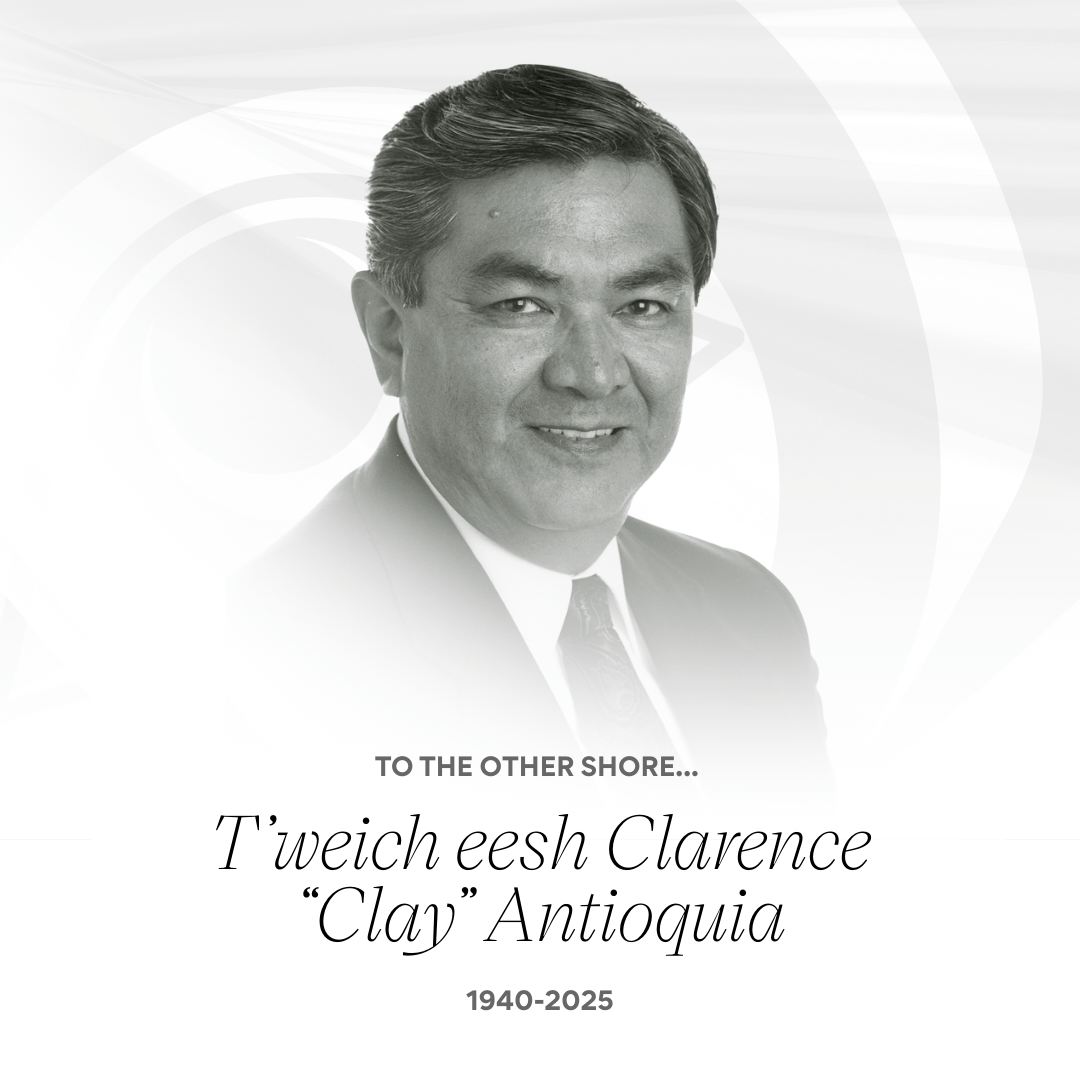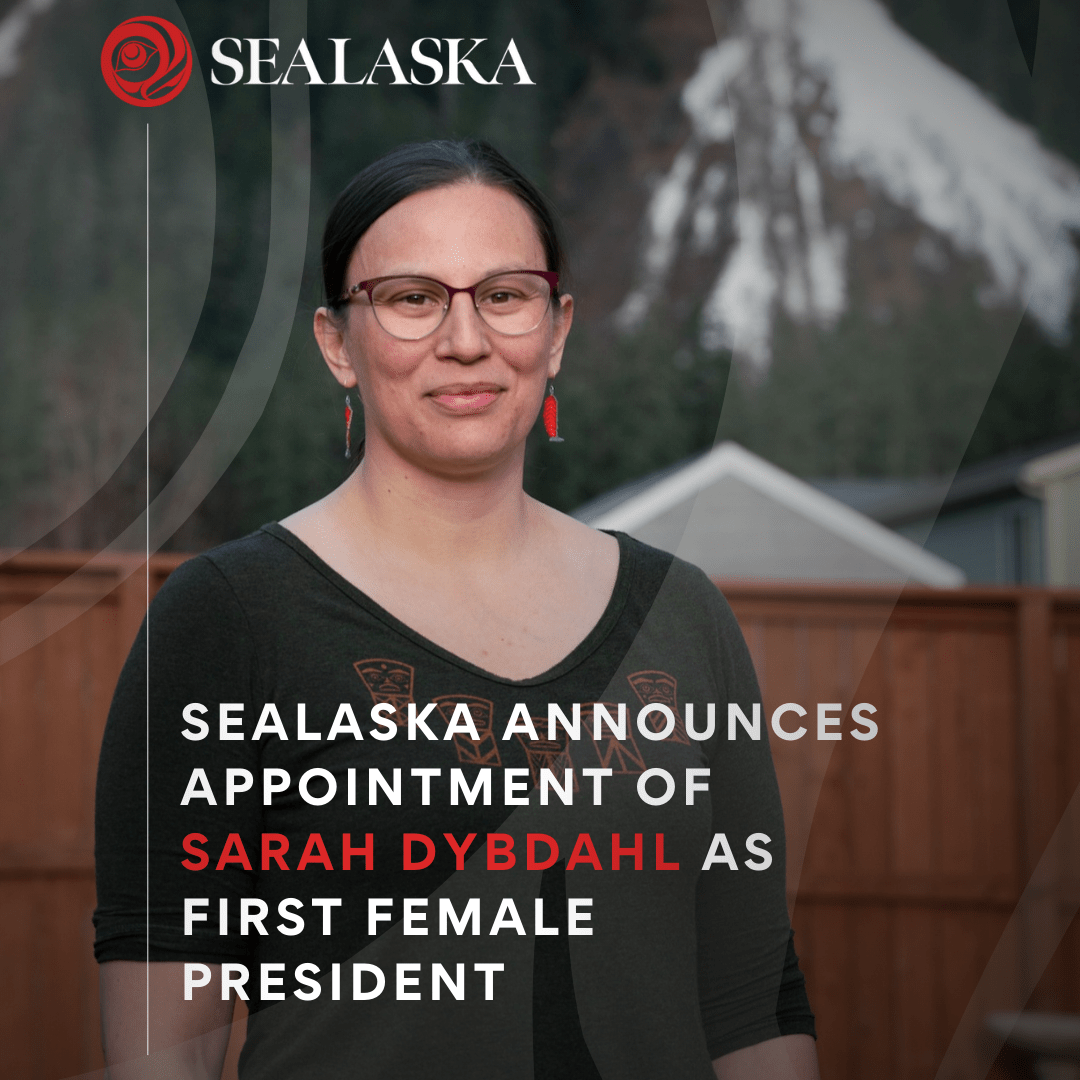Sealaska Welcomes USDA Funding for Local Priorities In, Around the Tongass
Wednesday, July 21, 2021
 Sealaska welcomes the U.S. Department of Agriculture’s announcement last week that it is dedicating $25 million toward sustainable opportunities for economic growth and community well-being in and around the Tongass National Forest – the traditional homelands of the Tlingit, Haida and Tsimshian people.
Sealaska welcomes the U.S. Department of Agriculture’s announcement last week that it is dedicating $25 million toward sustainable opportunities for economic growth and community well-being in and around the Tongass National Forest – the traditional homelands of the Tlingit, Haida and Tsimshian people.
The announcement of the Southeast Alaska Sustainability Strategy, as the funding initiative is being called, came paired with news that the USDA will end all large-scale logging of old-growth timber in Southeast Alaska and transition to a second- or young-growth strategy with provisions for providing logs for cultural use.
“The move away from old-growth is expected to have a significant impact on rural communities and will require a well-resourced and collaborative transition to second growth, with a focus on workforce development to go along with other economic development efforts,” said Anthony Mallot, Sealaska’s President and CEO.
This spring, Sealaska participated in a research project called the Blueprint for Southeast Alaska, which was presented to the USDA in April. The project included the perspectives of representatives from a broad range of organizations throughout Southeast, including Tribes, ANCs, conservation groups, industries like fishing, timber and mining, and civic/government organizations.
“The report made it clear: There’s a lot of common ground,” said Sealaska Board Chair Joe Nelson. “I’m sure the opportunity to work with such a tightly networked group on shared priorities made an impression on the USDA.”
The agency described its intent for the $25 million in a July 15 news release as follows:
“Over the next 30 days, USDA will stand up a locally-based team to consult with Tribal governments and Alaska Native corporations, and to meet with stakeholders, communities, and partners to identify practical opportunities in the near term to deploy up to $25 million in additional funding and technical assistance for projects and workforce development in the region. The team will also recommend opportunities for longer-term investments that are responsive to Tribal and local priorities for sustainable economic development in Southeast Alaska, and supportive of ongoing partnerships.”
One of the “ongoing partnerships” identified by USDA for support is Sustainable Southeast Partnership (SSP) – a regional collaboration focused on creating cultural, ecological and economic prosperity in Southeast Alaska, and its connections to Sealaska run deep. Sealaska supports SSP programs like the surf camp in Yakutat, STEM career training/employment for youth through the Alaskan Youth Stewards (formerly TRAYLS) program, and community forest partnerships in Hoonah and Kake, among other projects. Together with the nonprofit Spruce Root, which provides education and lending to entrepreneurs throughout the region, SSP is a key part of Sealaska’s regional economic development strategy.
“Sealaska expresses its gratitude to the USDA for joining in the efforts of many in Southeast Alaska to work toward sustainable communities,” Mallott continued. “Our Tribes, our Alaska Native Corporations, Southeast Conference and the Sustainable Southeast Partnership are just a few of the organizations who can immediately help make this commitment and funding successful for the USDA, our region and our communities. The SSP has proven to Sealaska that collaborative partnerships that work on community priorities and pool resources are the best path forward to create the shared vision we have of economic and ecological health for our region.
“However, a one-time commitment of $25 million will not be enough to transition rural Southeast communities to the just outcomes they deserve in the wake of decades of resource extraction and conservation efforts on our traditional homelands with little effort to develop rural economies along the way,” Mallott added. “To achieve just outcomes for our shareholders and descendants, we will need the support of many other partners who share our vision for regional economic growth through industries like tourism and fisheries and for decreasing extremely high costs of energy, transportation and food while honoring Indigenous approaches to stewardship and traditional harvesting, hunting and fishing that is the way of life for our Native communities.”
Bethany Goodrich is SSP’s communications manager. “SSP is about connecting people who genuinely care about this place and its people. We grow common ground by stepping outside of our disciplines and echo chambers and we get more done for our communities when we leverage our unique resources, perspectives, and skills to act on that common ground,” Goodrich said.
“SSP challenges the notion that the Tongass is a region of conflict. Over the last decade we have worked together to catalyze a wide range of meaningful work in our communities. The foundation of these successes is the trust and relationships we have built along the way and we will continue to put those relationships to work for our region.”
Please click on the hyperlinks to learn more about the work of Sustainable Southeast Partnership, Spruce Root or Sealaska in identifying priorities for economic development in Southeast Alaska.














